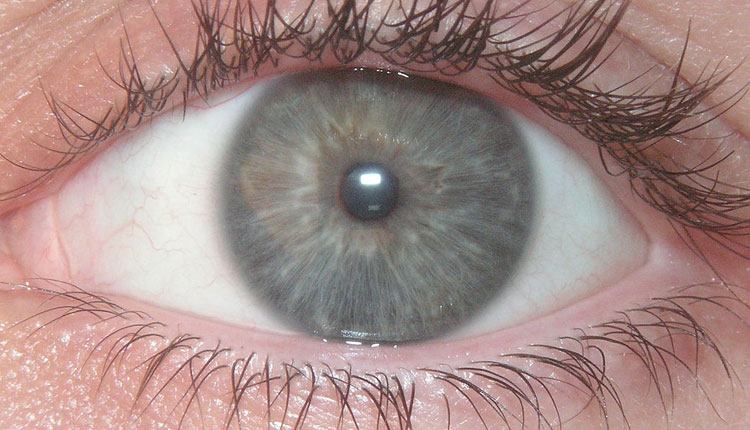Children With Autism Detect Motion Twice as Fast
Recent studies at Vanderbilt University and the University of Rochester reveal a startling discovery about autism. In testing a common theory about autism that overwhelming sensory stimulation inhibits other brain functions, researchers decided to study how kids with autism process moving images. They found that children with autism detect simple movement twice as quickly as their typically developing peers.
Here is the gist of the study: The researchers presented 46 children — 20 with autism and 26 without with short video clips of moving black and white vertical bars. The images appeared in three different sizes and all the kids, ranging in age from 8 to 17, had to do was indicate whether the bars were moving right or left. The scientists ran the experiment twice — once with high-contrast images and then again with low-contrast ones. When the black bars were darker and easier to see, the researchers expected the autistic children to do better, figuring they’d be less inhibited by so-called spatial suppression, a mechanism that makes it harder for typical observers to perceive motion as the things they’re looking at increase in
size.
The autistic children did do a lot better with the higher contrast images than the control group, but not because they lacked spatial suppression, it turns out. As the image size increased, the children with autism were slower at recognizing motion. But at each size, they were still twice as fast as the control kids.
Common wisdom is that autism is a brain impairment, but this finding supports an evolving theory that autism is actually a condition in which the balance between different brain processes is impaired. While this may result in functional problems, it also results in enhancements. Even the enhancements, such as being able to perceive motion twice as fast, can produce a problematic flood of sensory information.
In a college child development class, I saw a fascinating film in which a smiling, loving mother lifts up her newborn baby, who promptly begins screaming. When the film speed was slowed way down, you could see a series of angry, frustrated, harried, expressions on the mother’s face that weren’t visible to the naked eye and made sense of her baby’s outburst.
The conclusion was that so called “vibes” are our ability to unconsciously process these high speed images that comprise a person’s seemingly static expression. Could it be that the autistic inability to read facial expressions is actually due to the fact that they are reading these high speed messages twice as fast as the rest of us and are overloaded with the information?
I wonder…

